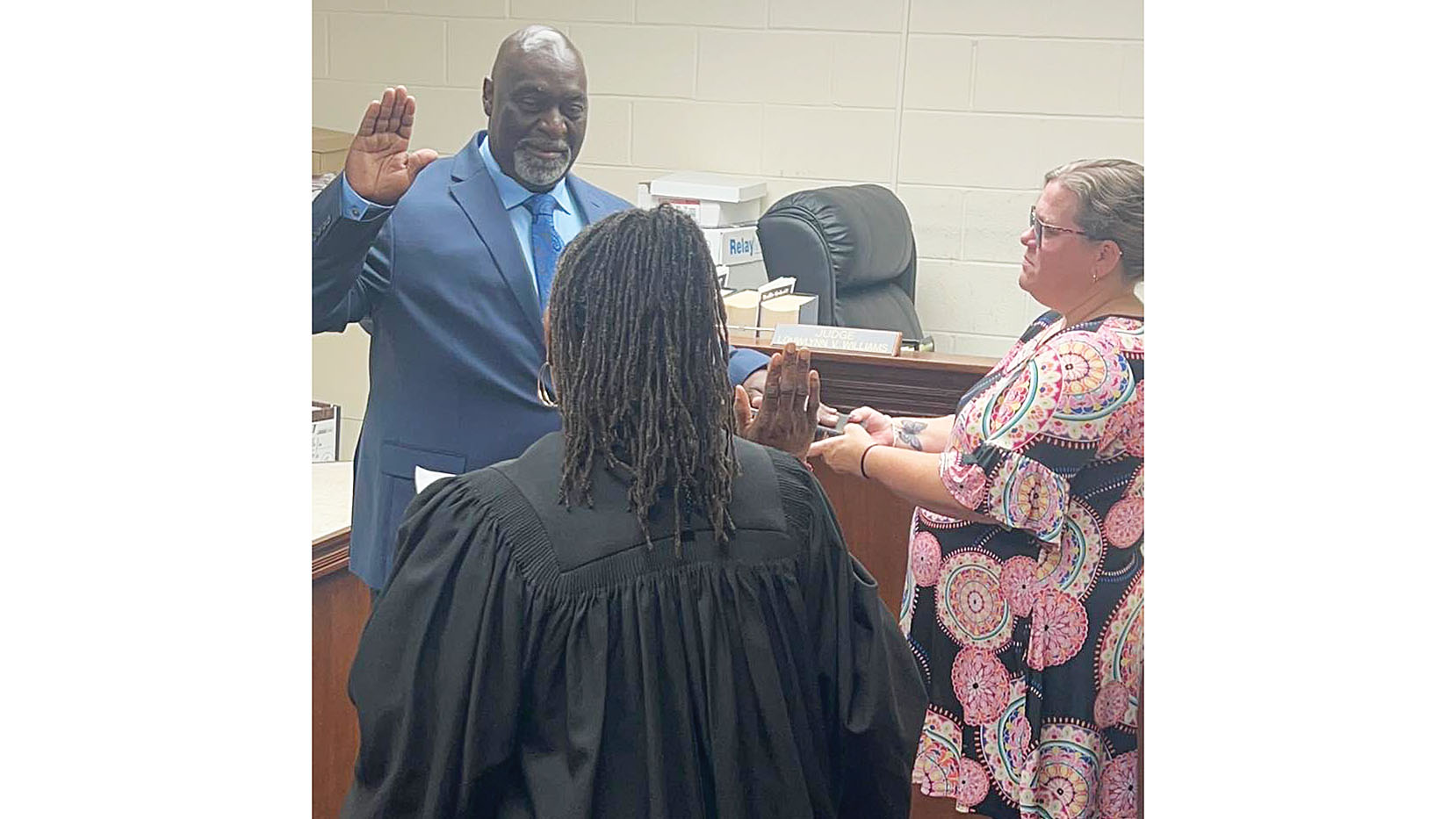Azaleas look shabby in late winter
Published 2:54 pm Saturday, January 7, 2017
One of the most popular and widely planted shrubs in Mississippi is the azalea. Dwarf, intermediate and the large growing Southern Indica varieties are common in our landscapes.
Many times from late fall through winter, you may notice that the foliage is reddish, yellow or spotted. Sometimes, plants will be partially defoliated even though the majority of azaleas we commonly grow are evergreen.
Some azaleas, like the popular Fashion variety, have bronzy to purple looking foliage in the winter. All evergreen azaleas go through a stage when old foliage is being lost and new foliage is emerging for spring.
Although yellow foliage could be an indicator of old growth, it also could be caused by a leaf spot fungus, lack of nutrients or improper soil pH.
Azaleas prefer a partly sunny planting location. Plants in more shade than sun normally have thinner foliage during the winter.
Azaleas are fertilized in spring after flowering is complete. You may also fertilize in late summer. Late summer fertilizer applications should be applied at a lower rate and done before mid-September. Applying too late in the fall can increase cold damage to plants during winter. I prefer a slow release fertilizer labeled for azaleas and camellias.
Azaleas can also benefit from applications of an iron fertilizer. This would primarily be recommended when they are growing in a soil with a high pH. Azaleas prefer an acid soil with a pH between 5.0 and 5.5. You can use sulfur fertilizer products to lower soil pH, but this should only be done following directions found in a MSU soil test result.
Azaleas are easy to grow in Mississippi landscapes, just look around at old landscapes throughout the state. Before adding them to your landscape, remember that they prefer part shade, acid soil and adequate nutrition.
Rebecca Bates is director of the Lincoln County Cooperative Extension Service. To contact her, call 601-835-3460





